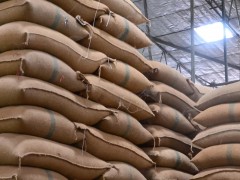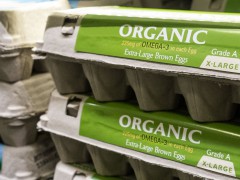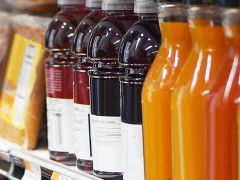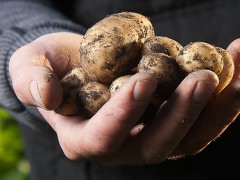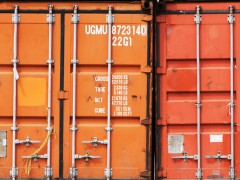My restaurant clients always tell me how maddening and insufferable it is to be asked repeatedly “Is it local?” by their patrons. Though they appreciate the curiosity and the enthusiasm of their customers, owners are already very, very aware of the pressure to do their own sourcing. The Nation’s Restaurant News has some excellent guidance for restaurants looking to make a connection with a local source in “Five Steps to Local Sourcing For Restaurants”.
A few suggestions of my own from the Food Law toolkit:
1. Risk management. If a restaurant plans to do its own purveying, it has to assume the food safety management role of a broad line distributor like Sysco or Chef’s Warehouse. The food safety geeks at the big distributors always have a thermometer handy, they periodically inspect their producers’ facilities, and they will not do business with a producer who does not agree to assume most of the food safety risks inherent in the production process. Any restauranteur who wants to source locally has to be equally scrupulous. The food safety on some farms is superb, but it is not always the case. It is possible to screw up something like spinach and grievously injure a bunch of people without regard to farm size. Strict liability, a food product liability doctrine I rhapsodize about often, places liability for the injured customer on the entire food chain. That means everybody in the supply chain has the obligation, both moral and legal, to police each other.
A restauranteur might want to read a few good books on food production safety, or contact a local agricultural extension office for guidance on good agricultural practices. That should arm the restauranteur with enough information to ask the farmer the tough questions (Do the chickens have free reign of the area where the snap peas are grown? Do farm laborers have access to field sanitation? Why is there a cat running around the creamery where the artisanal cheese is made?) Conduct a site visit of the place where you source. If you see puddles of motor oil underneath the old tractor adjacent to the melons, move on to another source. Do not deal with amateurs – they are more likely than professionals to cause harm somewhere in the food chain. If you don’t get the impression that safety is a priority, or if they give you some mumbo jumbo that food safety is only a problem on “conventional” farms, the person is deluded and you should move on.
2. Contracts. If you truly want to support local producers, offer to pay for the crop before it is put in the ground. The truly professional farmers hate economic risk and will commit their time and dirt to grow for you if you make a legally enforceable promise to buy before the season begins. This is done all the time in the agricultural industry, and this practice is starting to trickle down to the small, local farms. Of course, a contract can and should include criteria for quality control, condition of goods upon delivery, and time of delivery. If the farmer fails to deliver, the restaurant can always go right back to the broad-line distributor, so the risk to the menu and the restaurant is minimal in the event of default.


